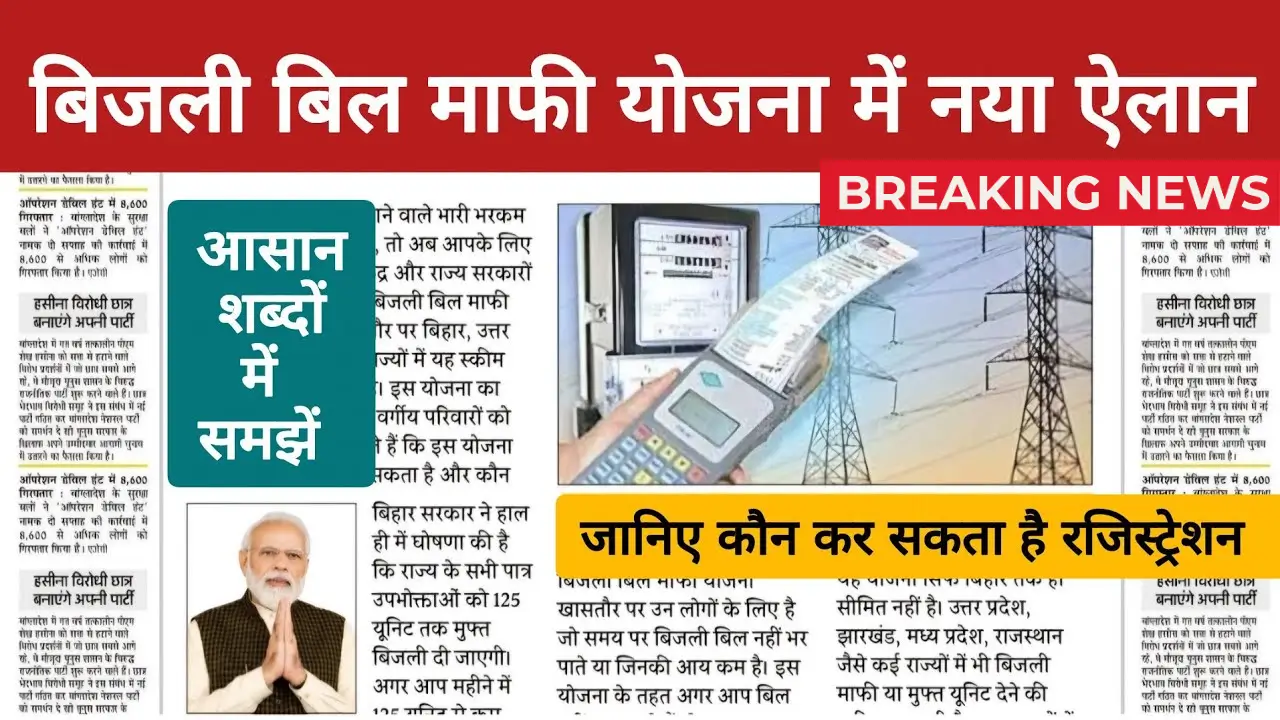South Africa’s labor landscape has experienced significant regulatory updates in 2025, centered on raising the national minimum wage and reforming employment equity policies. These changes are critical for both South African businesses and international observers, including those in the United States, as they reflect efforts to balance economic growth with social justice and worker protections.
This article provides a detailed overview of the updated national minimum wage and the new employment equity rules that came into force in 2025, highlighting their implications and what they mean for employers and workers.
National Minimum Wage Update 2025
As of March 1, 2025, South Africa’s national minimum wage (NMW) increased to 28.79 South African Rand (ZAR) per hour from the previous rate of 27.58 ZAR. This rise—approximately a 4.4% increase—was instituted to improve the living standards of workers nationwide and to keep pace with inflation and the rising cost of living.
The new minimum wage applies broadly across nearly all sectors, demonstrating the government’s commitment to reducing income inequality and poverty.
| Worker Category | Minimum Wage per Hour (ZAR) |
|---|---|
| General Workers | 28.79 |
| Farmworkers & Domestic Workers | 28.79 |
| Expanded Public Works Programme (EPWP) Workers | 15.83 |
| Learnership Participants (per schedule) | Varies (allowances updated) |
While the baseline minimum wage applies generally, there are specific exceptions. For example, workers in the Expanded Public Works Programme (EPWP) are subject to a lower minimum wage of 15.83 ZAR per hour, acknowledging the unique nature of these government-initiated temporary employment schemes.
Additionally, participants in learnership agreements have updated allowances designed to encourage skills development and training, which are part of the broader skills drive in South Africa’s labor market.
This wage hike poses both opportunities and challenges. On the positive side, it aims to improve disposable income for South African workers, many of whom have struggled with poverty and limited economic mobility. Increasing wages can boost morale and productivity while also reducing turnover.
However, from a business perspective, especially for small and medium enterprises (SMEs), the increase can strain operational budgets. Many companies will need to reassess their payroll structures, potentially leading to difficult choices such as reducing working hours, limiting new hires, or accelerating automation to manage rising labor costs. The wage rise thus represents a balancing act between improving worker welfare and retaining business viability in a sluggish economic environment.
Refined Employment Equity Regulations 2025
In conjunction with wage updates, South Africa implemented new Employment Equity Regulations effective April 15, 2025. These regulations replace the 2014 framework and introduce sector-specific numerical targets aimed at ensuring greater diversity and representativity within the workforce.
The updated rules focus on designated employers—those employing more than 50 employees—who must now adopt comprehensive five-year Employment Equity Plans, spanning from September 1, 2025, through August 31, 2030. These plans must align with sectoral targets established for 18 different national economic sectors, encompassing four occupational levels and including a goal of 3% employment for people with disabilities.
A key shift in the 2025 regulations is the removal of previous thresholds based on annual turnover, which expands the number of employers classified as designated employers. This means more companies are subject to affirmative action and employment equity measures, pushing businesses toward greater transparency and accountability in their hiring and promotion practices.
Employers will need to demonstrate proactive efforts to achieve these equity targets, which are designed to address historic imbalances, particularly in representation among Black Africans in senior roles. The focus on equitable workforce composition is intended not only to advance social justice but also to improve business performance through diverse and inclusive practices.
Compliance will be closely monitored. Employers who fail to meet the sectoral targets without justifiable reasons could face compliance orders from the Department of Employment and Labour. Consequences for non-compliance include fines ranging from 1.5 million to 2.7 million ZAR or a percentage of annual turnover, scaled by repeated infractions. This enforcement mechanism incentivizes adherence and signals the government’s seriousness in driving workplace transformation.
Implications for Businesses and Workers
For businesses operating in South Africa or considering investment, understanding these updates is crucial. The increase in the minimum wage and enhanced employment equity requirements mean that compensation and human resources strategies must be carefully revisited. Companies must ensure payroll systems are updated to reflect wage changes, including adjustments for specific sectors with different wage floors.
For U.S.-based companies with South African operations, the regulatory environment requires careful compliance management to avoid legal and financial penalties. Adopting clear employment equity plans aligned with government sectoral targets can foster better community relations and open doors to government contracts, as compliance is often a prerequisite.
For workers, these changes represent a positive stride toward fairer wages and more equitable employment conditions. However, there is ongoing concern that increased labor costs may pressure some employers to reduce hiring or hours, especially among low-skilled workers.
The government’s challenge remains to sustain job creation while ensuring that wages and equity measures contribute to meaningful improvements in livelihoods without unintended negative consequences on employment levels.
Conclusion
South Africa’s 2025 updates to the national minimum wage and employment equity regulations reflect a broader trend toward socially responsible labor practices balanced with economic realities. The minimum wage increase to 28.79 ZAR per hour and the new five-year employment equity plans with sector-specific targets mark important steps in addressing structural inequalities and poverty in the country.
For U.S. audiences, these developments illustrate the challenges and complexities faced by emerging markets in aligning labor rights with business sustainability. The South African experience provides valuable insights into how governments can work toward inclusive growth while managing the pressures business face in a global economy.
Maintaining a close watch on these regulatory changes and understanding their practical implications will be essential for companies, workers, analysts, and policymakers interested in South Africa’s evolving labor market through 2025 and beyond.



















